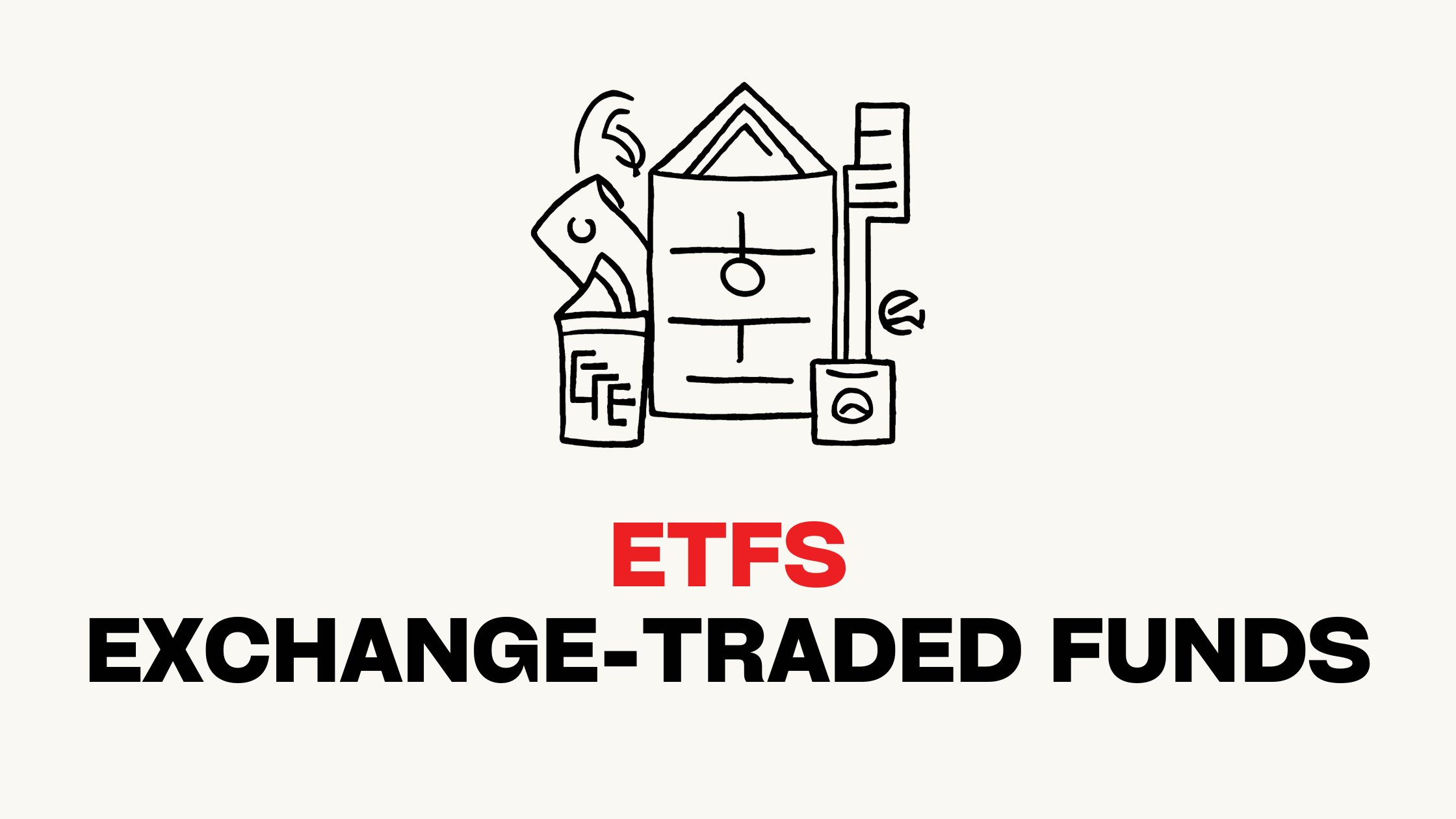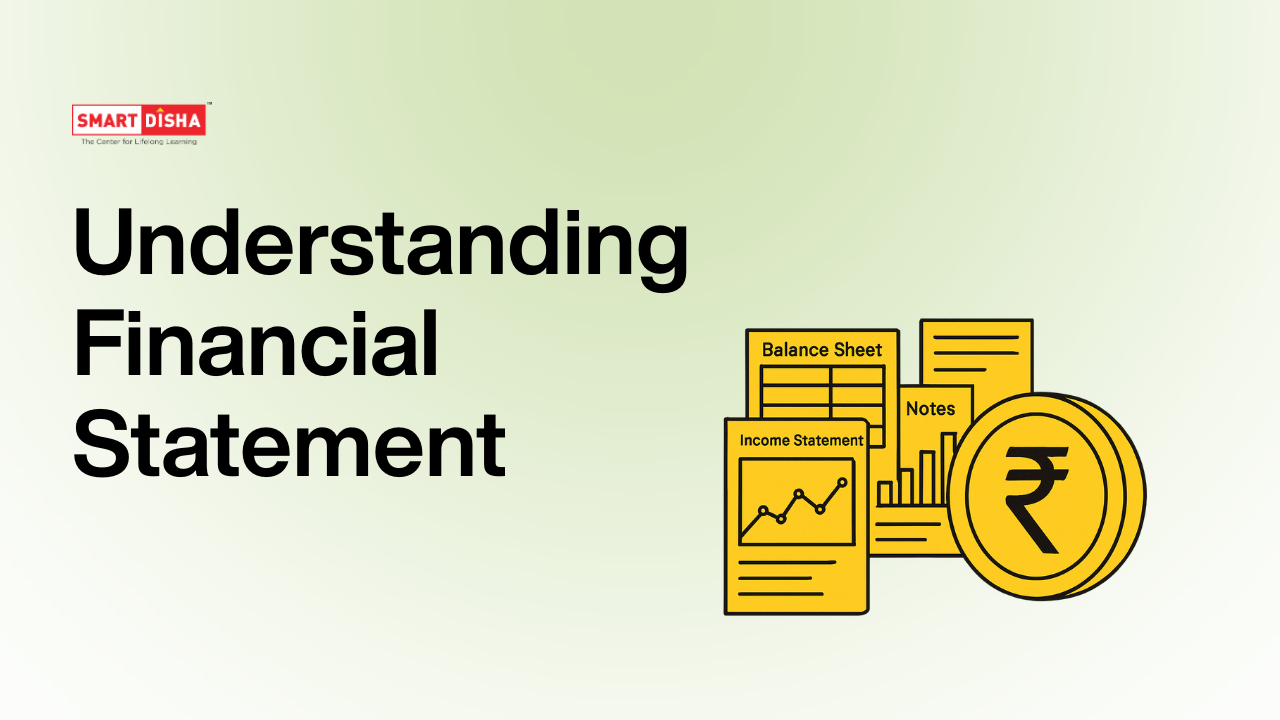Investing in the stock market can be overwhelming, especially for beginners. With so many investment options available, it can be difficult to know where to start. One popular and beginner-friendly investment vehicle is the Exchange-Traded Fund (ETF). ETFs provide an easy and cost-effective way to diversify your investments without needing a lot of capital or extensive knowledge.
In this guide, we’ll explain what ETFs are, how they work, and why they can be a great option for both new and experienced investors.
What Are ETFs?
An Exchange-Traded Fund (ETF) is a type of investment fund that holds a collection of assets such as stocks, bonds, commodities, or other securities. What makes ETFs unique is that they are traded on stock exchanges, much like individual stocks. This allows investors to buy and sell shares of the ETF throughout the trading day at market prices.
ETFs are designed to track the performance of a particular index, sector, commodity, or asset class. For example, an ETF may track the S&P 500 Index, giving investors exposure to the top 500 companies in the U.S. without having to buy individual shares of each company.
How Do ETFs Work?
- Underlying Assets: ETFs are built from a basket of underlying assets, such as stocks or bonds. The fund’s performance is generally tied to the performance of these assets.
- Shares and Trading: Investors can purchase shares of the ETF on stock exchanges like they would with individual stocks. The price of ETF shares fluctuates throughout the trading day based on supply and demand.
- Diversification: By holding multiple assets, ETFs provide instant diversification, reducing the risk associated with investing in a single stock or bond.
- Management: Most ETFs are passively managed, meaning they aim to replicate the performance of an index rather than beat it. However, some ETFs are actively managed, where a fund manager makes decisions on which assets to buy and sell.
- Dividends and Earnings: If the assets in the ETF generate income (e.g., dividends from stocks), investors typically receive a portion of this income based on their share of the fund.
Types of ETFs
There are several types of ETFs, each designed to meet different investment goals:
1. Stock ETFs
- These ETFs track a particular index or group of stocks. For example, an ETF might track large-cap companies, technology firms, or companies from emerging markets.
2. Bond ETFs
- Bond ETFs hold a portfolio of bonds and aim to provide regular income to investors. They can include government, corporate, or municipal bonds.
3. Commodity ETFs
- Commodity ETFs give investors exposure to commodities like gold, oil, or agricultural products without having to purchase the physical asset.
4. Sector and Industry ETFs
- These ETFs focus on specific sectors such as healthcare, technology, or energy, allowing investors to gain exposure to particular industries they believe will perform well.
5. International ETFs
- These ETFs invest in stocks or bonds from companies outside the investor’s home country, providing global exposure.
6. Thematic ETFs
- Thematic ETFs focus on long-term trends such as clean energy, artificial intelligence, or climate change, allowing investors to invest based on specific themes.
Benefits of ETFs
ETFs offer several advantages that make them attractive to investors:
1. Diversification
- One of the biggest benefits of ETFs is diversification. By investing in an ETF, you gain exposure to multiple assets, reducing the risk that comes with investing in individual securities.
2. Liquidity
- Since ETFs are traded on stock exchanges, they can be bought and sold throughout the day at market prices, offering more flexibility than mutual funds, which are only traded at the end of the trading day.
3. Lower Costs
- ETFs generally have lower expense ratios compared to mutual funds, especially passively managed ETFs. This makes them a cost-effective way to invest, as fewer management fees eat into your returns.
4. Transparency
- ETFs are required to disclose their holdings regularly, so investors know exactly what assets they own within the fund.
5. Tax Efficiency
- ETFs are more tax-efficient compared to mutual funds because of the unique way shares are created and redeemed. Investors typically pay fewer capital gains taxes when buying or selling ETF shares.
Risks of ETFs
While ETFs are a great option for many investors, they do come with some risks:
1. Market Risk
- Like any investment, ETFs are subject to market fluctuations. If the index or sector the ETF tracks performs poorly, so will the ETF.
2. Tracking Error
- Some ETFs may not perfectly replicate the performance of their target index. This tracking error can result from factors such as fees, expenses, or inefficient trading strategies.
3. Liquidity Risk
- While ETFs are generally liquid, some niche or specialized ETFs may have low trading volumes, which can make it harder to buy or sell shares at favorable prices.
4. Concentration Risk
- If an ETF focuses on a specific sector, industry, or geographic region, investors may be exposed to concentration risk, meaning the ETF is not diversified enough across other assets.
How to Choose the Right ETF
When selecting an ETF, it’s important to consider your investment goals and risk tolerance. Here are a few key factors to evaluate:
- Investment Objective: Determine whether you are seeking growth, income, or exposure to a particular sector or theme.
- Expense Ratio: Compare the expense ratios of ETFs. A lower expense ratio means fewer fees eating into your returns.
- Performance: While past performance doesn’t guarantee future results, it’s helpful to review how the ETF has performed over time, especially during different market conditions.
- Liquidity: Check the trading volume of the ETF. Higher trading volumes typically indicate better liquidity, making it easier to buy and sell shares.
- Tracking Error: Look for an ETF with low tracking error, which means it closely follows the performance of the index or asset class it’s meant to track.
Conclusion: Are ETFs Right for You?
ETFs are a versatile investment option suitable for both beginner and experienced investors. Their low cost, ease of trading, and ability to provide diversification make them an attractive choice for building a well-rounded portfolio. However, like any investment, it’s important to understand the risks and choose ETFs that align with your financial goals.
Whether you’re looking to invest in broad market indexes, specific industries, or international markets, ETFs can offer a simple and effective way to grow your wealth over time.




